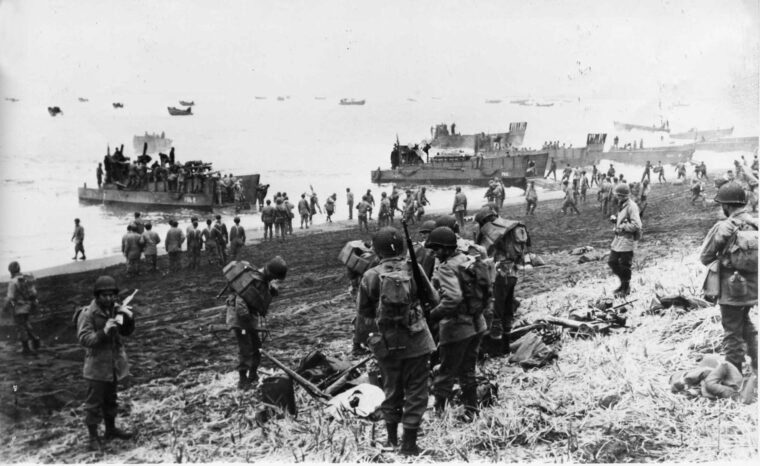
Isoroku Yamamoto
Fog of War in the Aleutians
By Colonel James W. Hammond, Jr.For decades Americans have been spoiled by the instant coverage of war in the media. Read more

Isoroku Yamamoto
For decades Americans have been spoiled by the instant coverage of war in the media. Read more
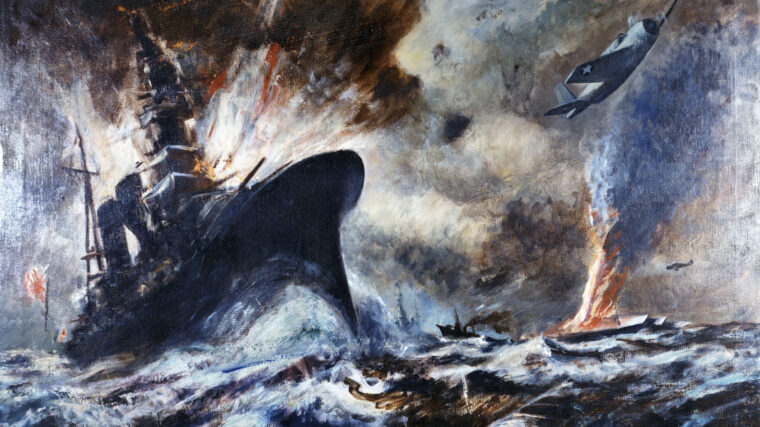
Isoroku Yamamoto
Despite more than a decade of triumphs in Asia and the Pacific, by the spring of 1942 the Japanese military establishment was in a somber mood. Read more
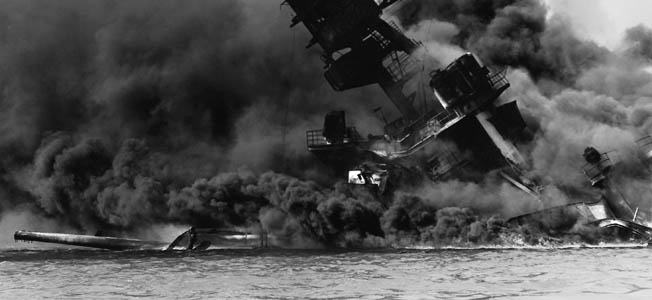
Isoroku Yamamoto
On December 7, 1941, Japanese naval aircraft attacked the U.S. Navy base at Pearl Harbor on the Hawaiian island of Oahu, as well as other U.S. Read more
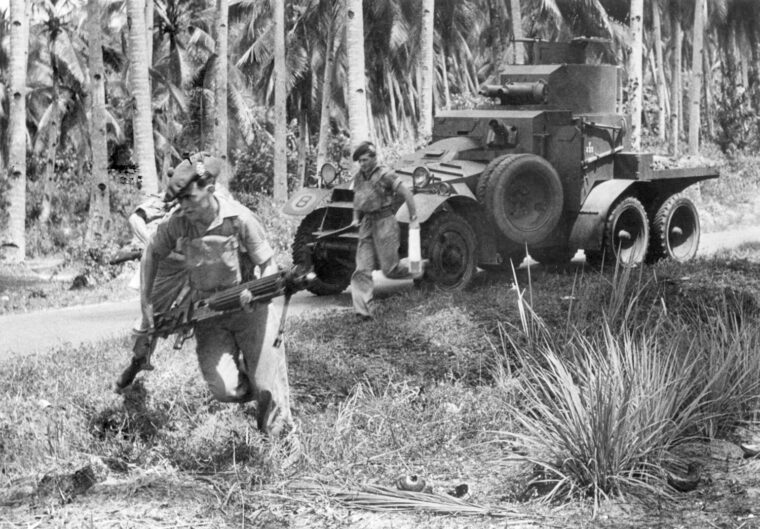
Isoroku Yamamoto
The moon like a tray was sinking in the western sea and the deep red sun showed its face to the east. Read more
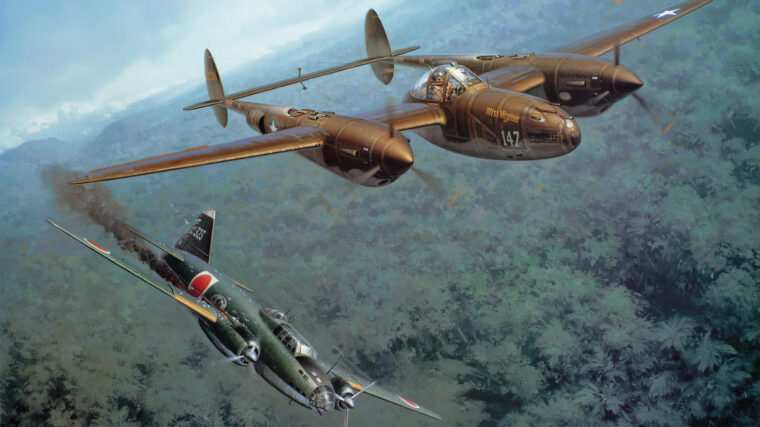
Isoroku Yamamoto
Admiral Isoroku Yamamoto, commander of the combined Fleet of the Imperial Japanese Navy, intended to press ahead with his morale-boosting visits to forward units in the South Pacific in April 1943, despite dire warnings from subordinates of possible enemy ambushes. Read more
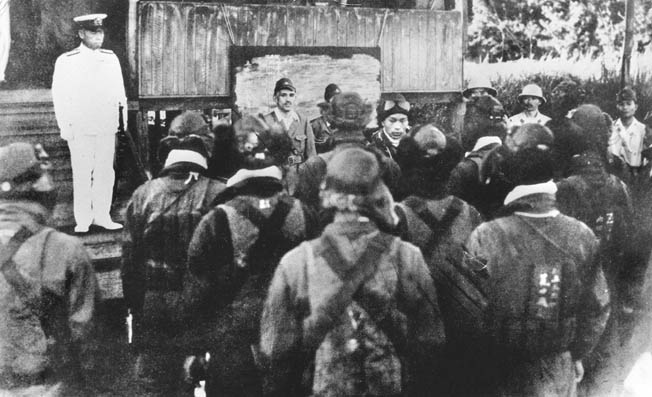
Isoroku Yamamoto
Three generations of Americans wrongly believe that General Hideki Tojo and Admiral Isoroku Yamamoto were equally culpable in starting the Pacific War. Read more
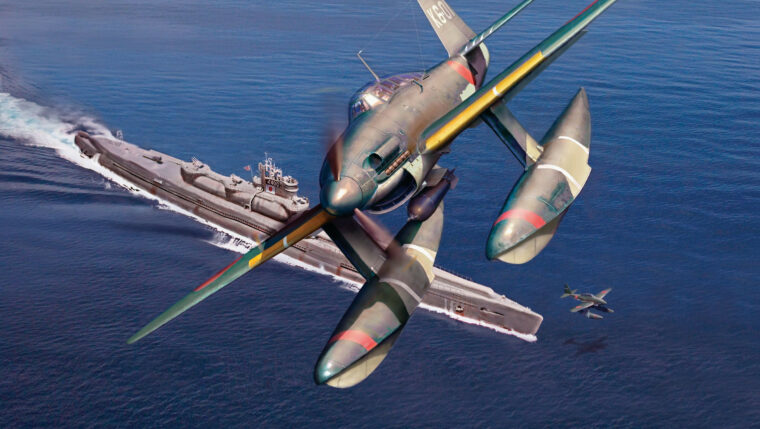
Isoroku Yamamoto
As soon as Colonel James Doolittle’s B-25 raid struck Japan in April 1942, Japan sought to wreak revenge on the United States, but by 1944 devastating aerial bombings on Japan by the Americans had become all too regular. Read more
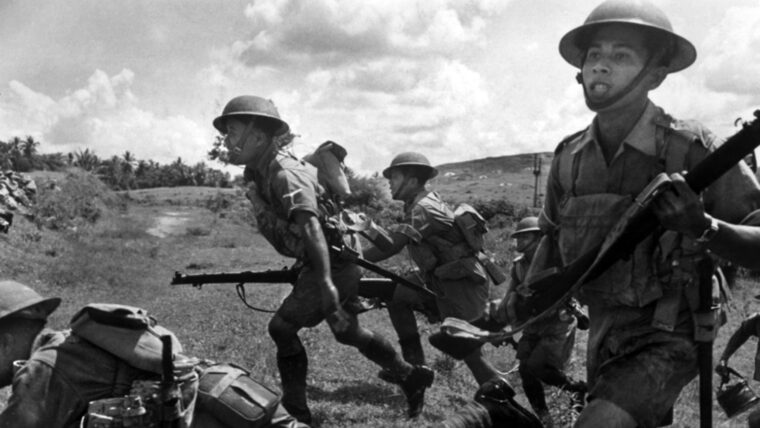
Isoroku Yamamoto
On Saturday, December 6, 1941, a Royal Australian Air Force Lockheed Hudson bomber on a reconnaissance mission from Khota Bahru on the west coast of Malaya was flying northwest over the China Sea toward the Gulf of Thailand. Read more
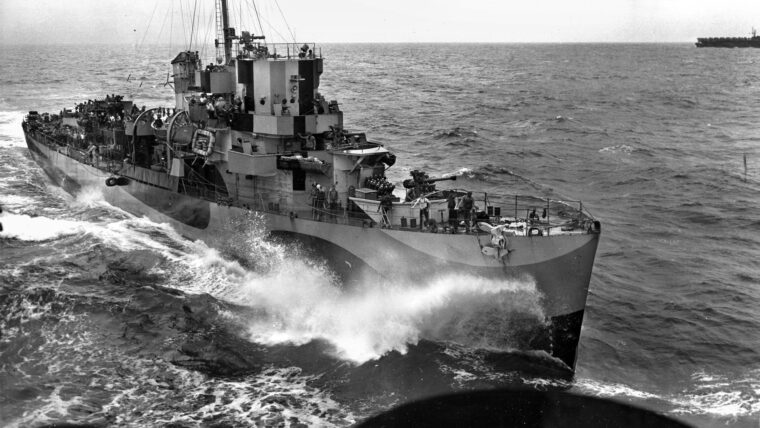
Isoroku Yamamoto
Admiral Soemu Toyoda needed answers. The newly appointed commander in chief of Japan’s Combined Fleet, Toyoda found himself facing several unpleasant facts. Read more
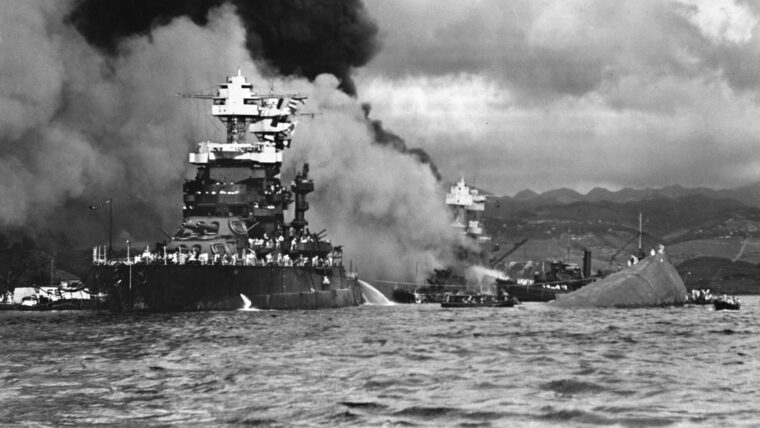
Isoroku Yamamoto
Commander Mitsuo Fuchida, strike leader for Operation Hawaii and 20-year veteran of the Imperial Japanese Navy (Kaigun), strapped himself into the observer’s seat as his Nakajima B5N2 “Kate” torpedo bomber, piloted by Lieutenant Mitsuo Matsuzaki, and lifted off from the carrier Akagi on the black morning of December 7, 1941. Read more
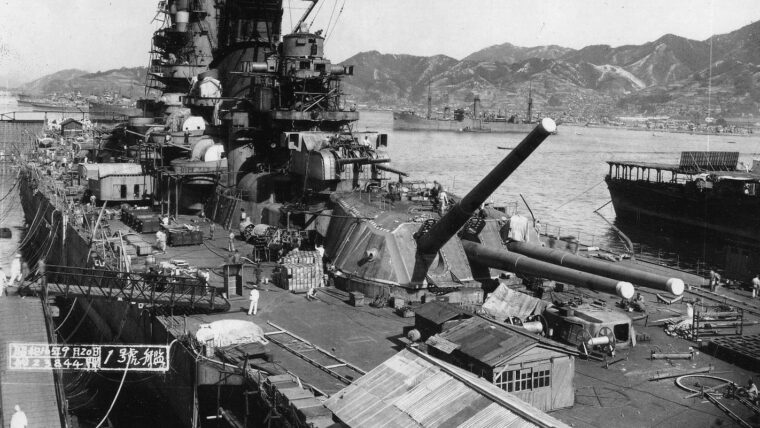
Isoroku Yamamoto
Special Sea Attack Force (SSAF) was an ordinary-sounding name for the pitifully tiny remnant of what was once the mighty Imperial Japanese Navy (IJN). Read more
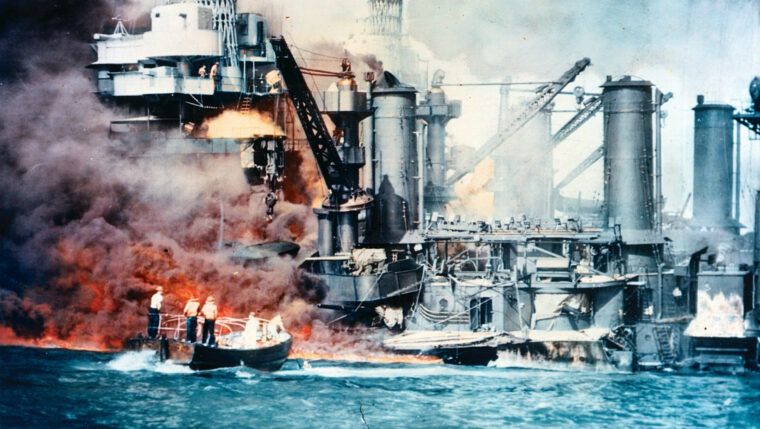
Isoroku Yamamoto
It was, as the phrase goes, another perfect day in paradise. As the sun rose above the Pacific in the clear, cloudless sky east of the Hawaiian Islands, on December 7, 1941, the giant U.S. Read more
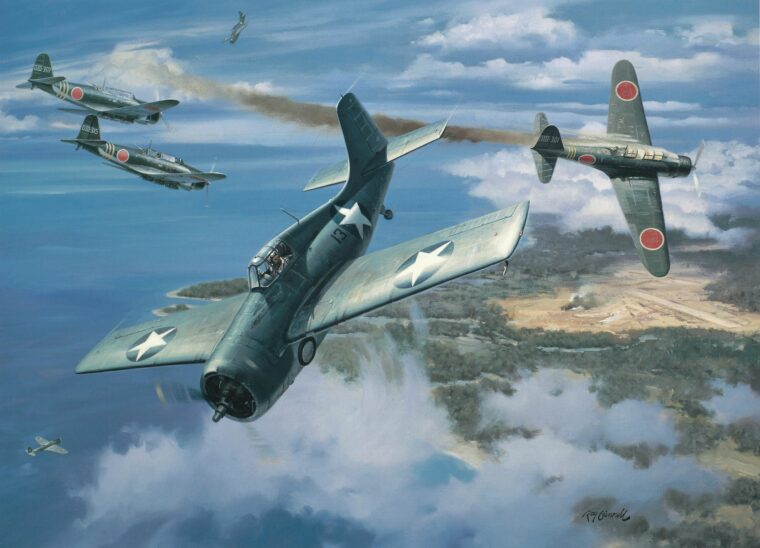
Isoroku Yamamoto
Prologue: At the start of World War II, Midway Atoll was a key U.S. base in the central Pacific. Read more
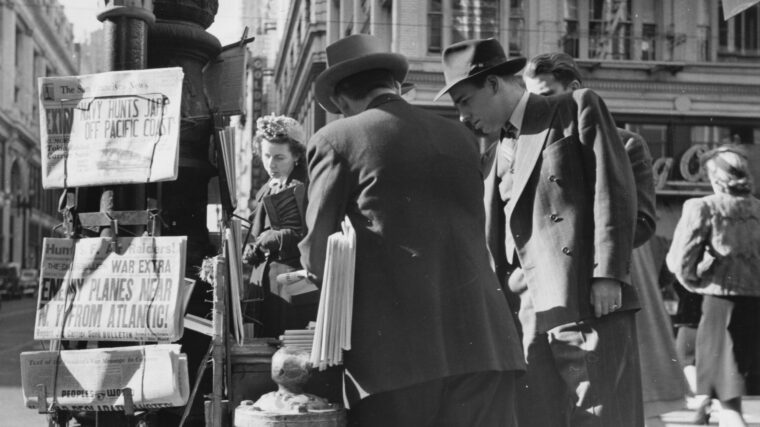
Isoroku Yamamoto
It seemed like just another ordinary day at sea. Early on December 7, 1941, a U.S. Army-chartered cargo vessel, the 250-foot SS Cynthia Olson, under the command of a civilian skipper, Berthel Carlsen, was plying the Pacific waters about 1,200 miles northeast of Diamond Head, Oahu, Hawaii, and over 1,000 miles west of the Tacoma, Washington, port from which she had sailed on December 1. Read more
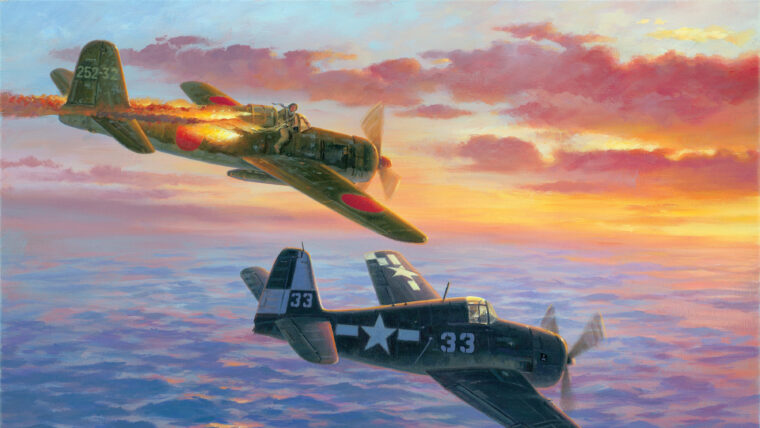
Isoroku Yamamoto
Lieutenant (j.g.) John “Ted” Crosby banked his Grumman F6F-5 Hellcat around, observing the life-and-death drama that was unfolding below him. Read more
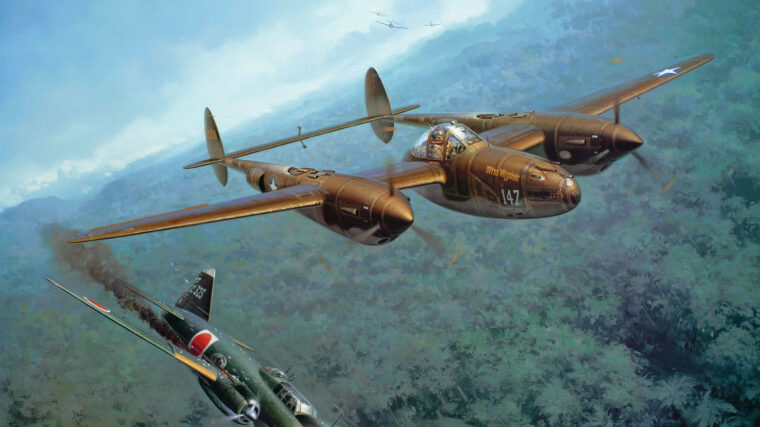
Isoroku Yamamoto
When American air ace Major John Mitchell led 16 Lockheed P-38 Lightning fighters on the longest combat mission yet flown (420 miles) on April 18, 1943, Mitchell’s target was Isoroku Yamamoto, the Japanese admiral considered the architect of the Pearl Harbor attack. Read more
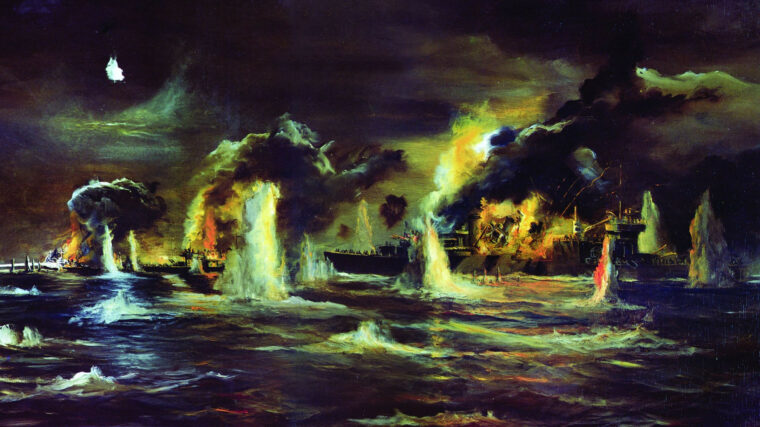
Isoroku Yamamoto
A United States naval task force bearing the U.S. 1st Marine Division arrived off Guadalcanal, in the eastern Solomon Islands, on the morning of August 7, 1942, and launched the first American offensive operation of World War II. Read more
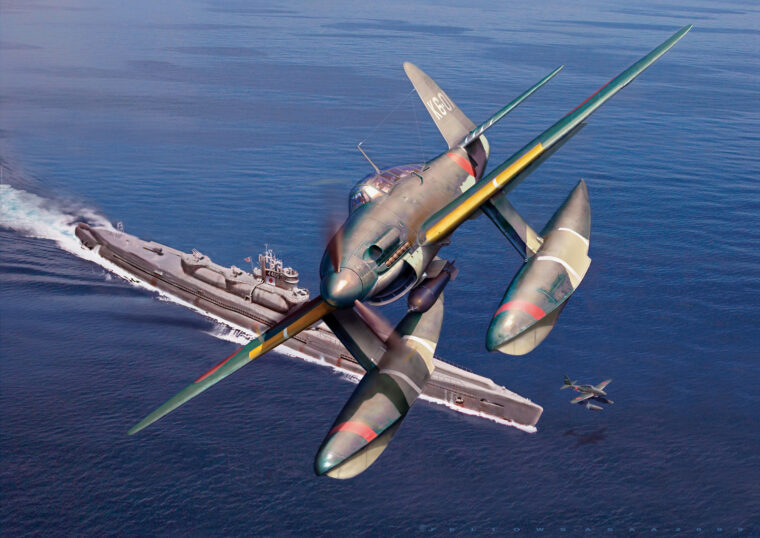
Isoroku Yamamoto
Lieutenant Commander Stephen L. Johnson had a problem on his hands; a very large problem. His Balao-class submarine, the Segundo, had just picked up a large radar contact on the surface about 100 miles off Honshu, one of Japan’s home islands, heading south toward Tokyo. Read more
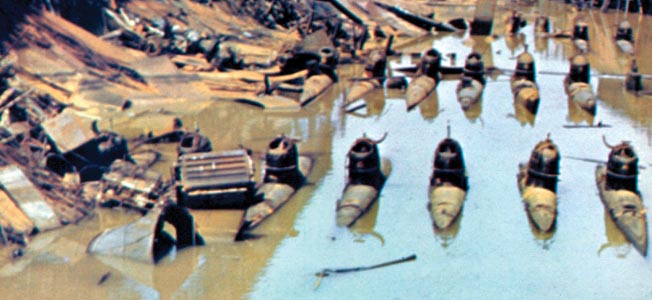
Isoroku Yamamoto
The year 1942 was one of crisis for the Allied cause in the Pacific. Until May, almost everything had gone in favor of Imperial Japan. Read more
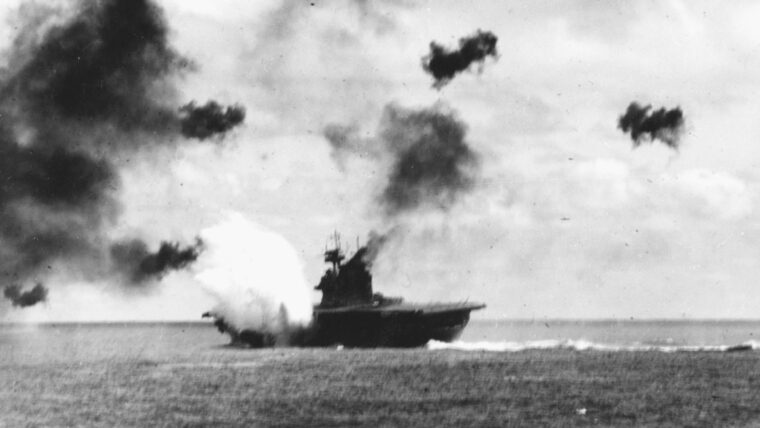
Isoroku Yamamoto
Six months after the attack on Pearl Harbor, Admiral Isoroku Yamamoto, commander of the Combined Fleet of the Imperial Japanese Navy, sought to extend Japan’s defensive perimeter in the central Pacific with the seizure of Midway atoll, about 1,300 miles west of Hawaii. Read more